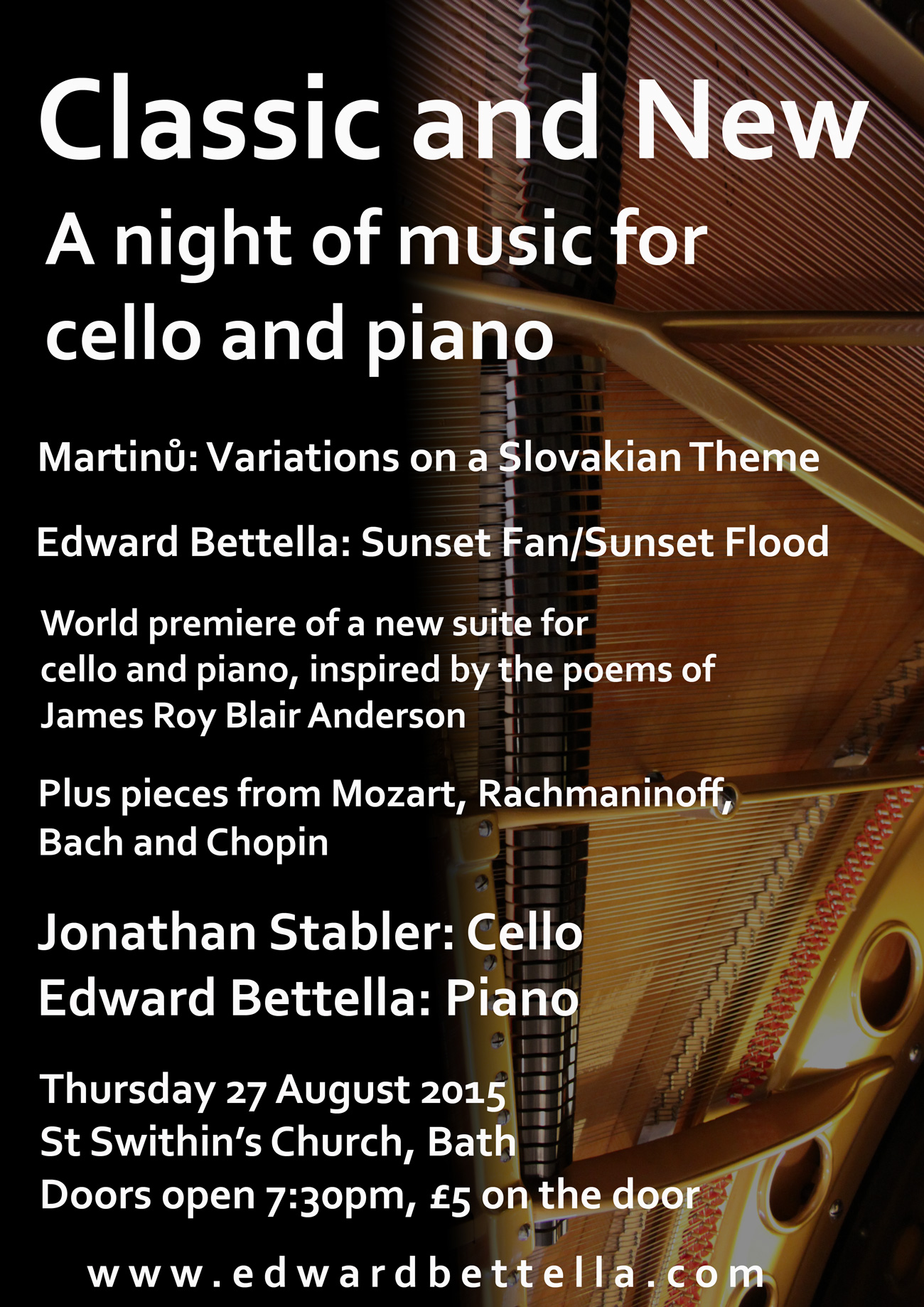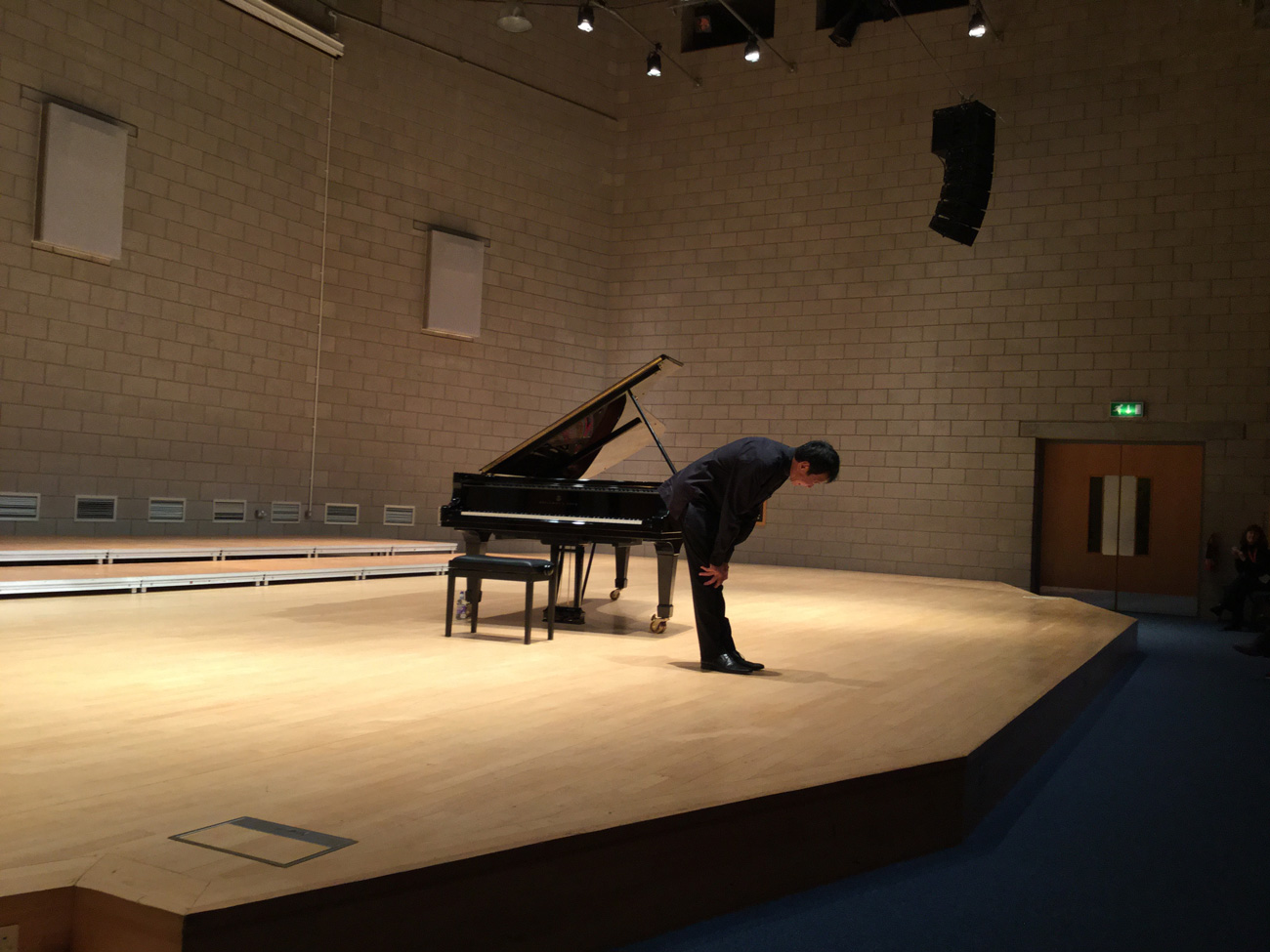I recently did a blog for The Piano Shop Bath and thought it was worth sharing here. Enjoy!
As a pianist, you will often find yourself trying out any piano you can, whether it be an old upright in a village hall, or the top of the range Steinway in a concert hall (usually with a sign saying ‘please do not play!) The reason? No two pianos are the same and each have their own story to tell. Even the most ‘perfect’ of pianos may in some ways be too much for your situation in life.
For instance, a Steinway Model D concert grand piano has long been a benchmark for concert pianists, and having played a couple I would thoroughly agree. But you would need the funds and the right kind of living space to own one, and even then it’s almost a crime to have such high level instrument for concerts simply locked away in your home. So with that, I have cast my mind back over the years and picked out a few of the pianos I have enjoyed, and in most cases I remember exactly where I was, what I was doing etc….
Danemann grand piano
This was probably a 1970’s baby grand piano in Rosewood finish, and it sat in my old school’s hall. I used to sneak in most lunchtimes to play, and often the dinner ladies in the adjacent canteen were very complimentary of my Debussy repertoire I was learning at the time! The action was quite light, but extremely responsive. It could play the lightest and fastest of runs with delicacy, and immediately go to full on loud chords. The essential tone of the piano was beautifully clear and resonant, with enough British warmth to give depth to any repertoire. The school raised funds for a new grand piano, and whoever picked the new piano simply did not know anything about pianos: it was absolutely awful. Slow action, muddy sound, the list goes on. Luckily the old Danemann remained in the corner, and it continued to inspire me.
Fazioli F183 grand piano
This is a bit of naughty inclusion, as Fazioli’s are hideously expensive and rare. Hand made in Italy, they only manufacture a certain number every year, but that extra attention to detail has led to top artists putting their name to Fazioli, most notable Maurizio Pollini. This model however, was in a piano auction in Red Lion Square, London. The cost was probably half of RRP, but still way above my peanut pay package! I was working in London at the time and every three months when the piano auction came round, I would treat myself to an extended lunch break to salivate over the various pianos. It’s a great auction and has something for everyone, so if you are in London during viewing times, go check it out. The Fazioli was probably the star lot, being as rare as they are. It was a wonderful piano, with quite a resonant tone, but capable of some really soft tones as well. The action was of course superb and made anything I played easy. It goes without say that a top piano will not make you play better, but it will make life easier for you……
Yamaha C7 grand piano
There has often been a stereotype about Yamaha grand pianos being used for pop records because they have a brighter tone, and therefore by insinuation, unsuitable for classical music which needs more depth. All I know is that I have seen many a great classical artist play on Yamaha grand pianos that sounded exquisite. No two pianos are the same. Here at the Piano Shop Bath we have a wonderful Yamaha C7 grand piano as the flagship of our hire piano fleet. At over 7 foot it produces the kind of volumes needed for solo recitals in large halls and work with orchestras. I have been able to play this piano as part of the student recitals I hold for my piano students every 3 months. The action is extremely responsive, and of course you have the power to produce real volume when necessary. The tone is deep and sonorous in the bass, with lovely sparkling trebles. For my students, it was a rare chance to play a piano that had all these qualities at their fingertips. Instruments like this have the power to inspire, and for children learning the piano this is an essential quality over anything else.
Kawai K6 upright piano
It is hard to reconcile with an upright piano, the more you play on grand pianos. The action and the way the sound is produced is inherently different between an upright and a grand piano. You start to really hear the difference on the bass notes, where the strings are longer on a grand piano, giving more resonance and depth. And with the lid open that sound is coming straight at you and through the air around. Now and again however, you do find upright pianos that have exceptionally good tone, and the Kawai K6 has long been a favourite of mine here at the Piano Shop Bath. It is a big cabinet upright, so it has the necessary string height advantage for those bass strings. I feel the overall tone is as close as you are going to get in an upright piano, and with the K6 the bass strings are sumptuous in their depth and warmth. The action is extremely good and responsive, with a good amount of depth to the key depression, allowing for real variety in nuance in your playing.
My upright piano!
This is not the greatest piano in the world, but it is definitely one of my favourites. A Dietmann upright, this was manufactured sometime in the 1980’s/1990’s in South Africa. It was picked by my old piano teacher who taught me most of what I know, and the more I play it, the more I realise how good an ear he had. The overall tone is warm but with depth, the bass notes are quite good, and the trebles are sparkly. With a good medium action that responds well to all kinds of hell that I throw at it now, this piano has seen me through my first few notes to the advanced repertoire I play now. And of course, now I am teaching kids on this piano and so it has gone full circle. I suppose the conclusion of this piano was how a sound investment inspired me for years after. I know eventually I will need to buy a grand piano, but I am still very sentimental about this upright piano. In a way, that is something inexplicable that will differ from person to person. That’s why pianists will spend a lifetime trying out different pianos, even if they already have their ‘favourite’ piano at home.





Recent Comments